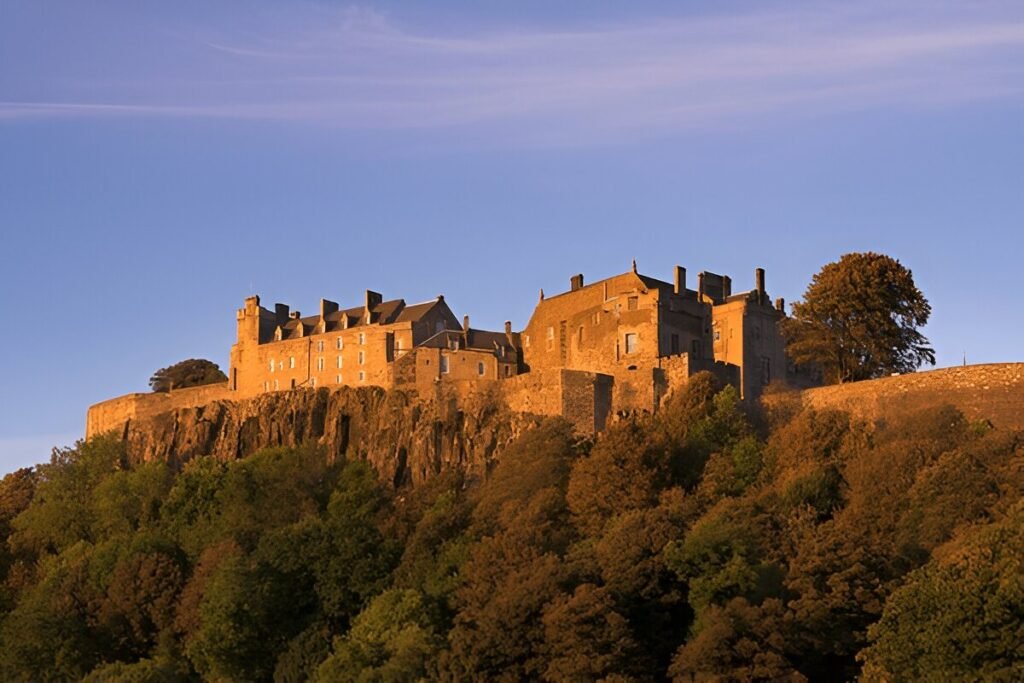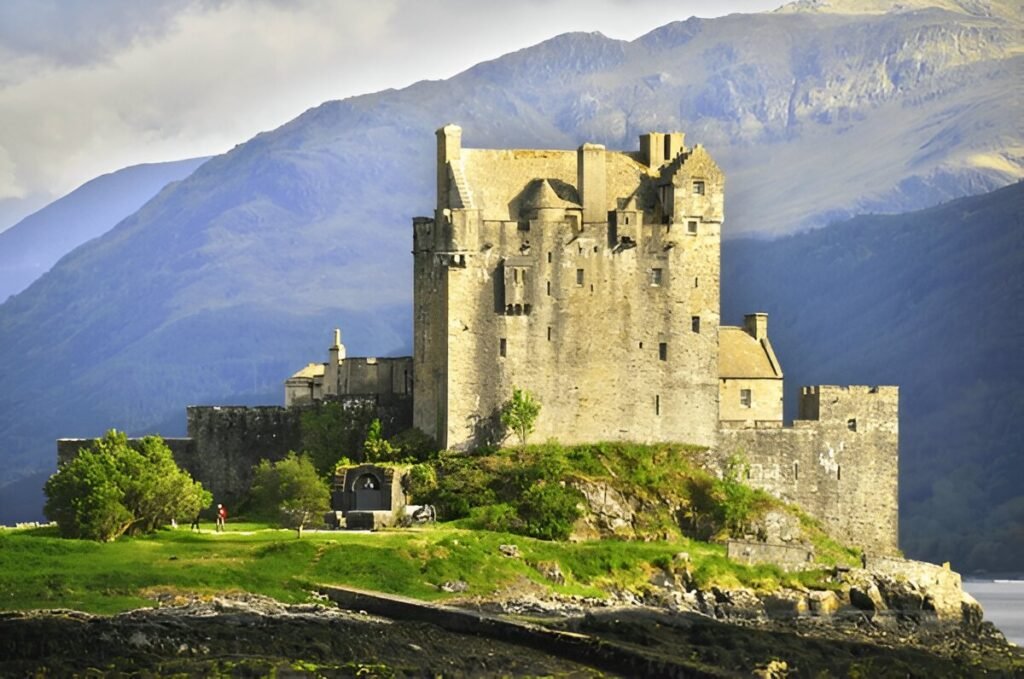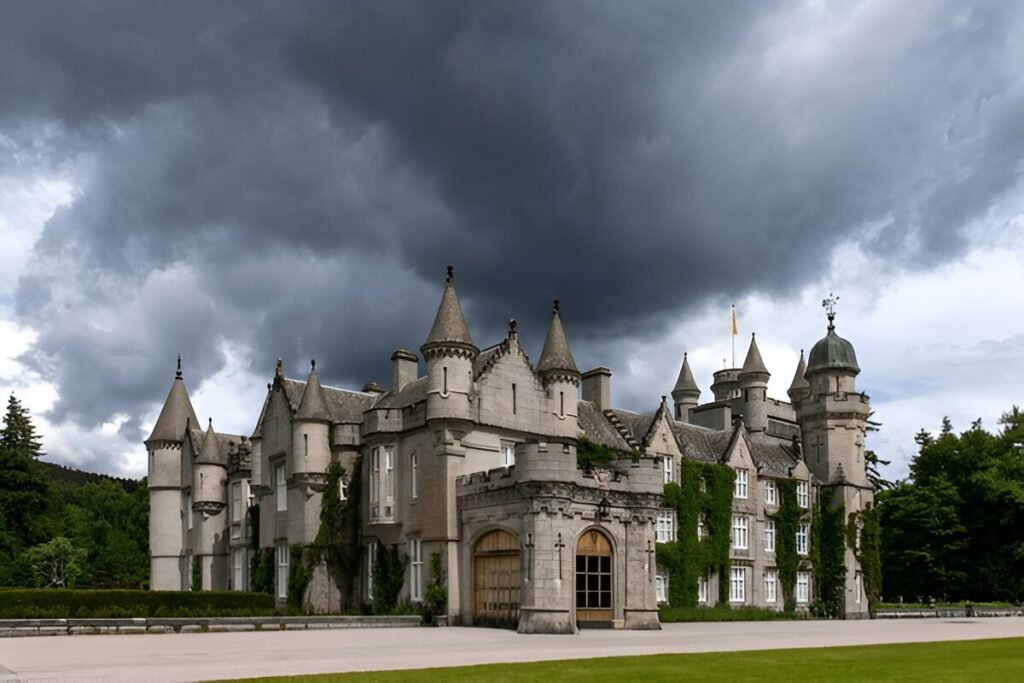Introduction
Scotland’s royal family has a rich and fascinating history that intertwines with the country’s culture, politics, and identity. The royal family has been an integral part of Scotland’s past, from the reign of its early monarchs to its modern role as part of the United Kingdom. Today, the story of Scotland’s royals is not just one of kings and queens, but of a lineage that has shaped the nation’s development, endured tumultuous periods, and helped define the cultural heritage that exists today. In this blog, we’ll delve into the history of Scotland’s royal family, key figures in its past, and the significance of the monarchy in contemporary Scotland.
1. The Early Monarchs of Scotland

The Origins of the Scottish Kingdom
The story of Scotland’s monarchy begins with the unification of the various kingdoms of the Picts, Scots, and Britons in the early medieval period. The first King of Scotland, Kenneth MacAlpin, reigned in the 9th century, after uniting the Kingdom of Dalriada (the Scottish Gaelic kingdom) with the Pictish Kingdom. His reign marked the beginning of the Scots dynasty, which would continue for several centuries. Kenneth’s rule established the foundation of the Scottish kingdom, which over time would see the rise and fall of various royal houses.
The Stuart Dynasty
The most notable and influential royal family in Scotland’s history is the Stuart dynasty. The Stuart line began with Robert II, who became King of Scotland in 1371. The Stuart family rose to prominence following the death of the last King of the Davidian dynasty. The Stuart kings and queens played an important role in both Scottish and British history, particularly through their involvement in the Union of the Crowns in 1603 and the subsequent formation of Great Britain.
Mary, Queen of Scots stands out as one of the most tragic and fascinating figures in Scottish royal history. Born in 1542, she inherited the throne of Scotland as an infant and spent much of her life embroiled in political conflict, including a tumultuous reign that ultimately led to her imprisonment and execution in England. Her story is one of love, loss, betrayal, and political intrigue, and it remains one of the most captivating royal tales of the period.
The Union of the Crowns
In 1603, following the death of Queen Elizabeth I of England, the throne of England was passed to James VI of Scotland, who became James I of England, effectively uniting the crowns of Scotland and England under one monarch. While the countries remained separate in terms of governance and legal systems, the Union of the Crowns marked the beginning of a new era in Scottish royal history, as the Stuarts ruled over both realms. The Stuart dynasty continued to have a significant influence on Scottish politics, particularly in the 17th century, during a period of religious conflict, civil war, and the eventual overthrow of the monarchy during the English Civil War.
2. The Jacobite Rebellions and the Fall of the Stuart Monarchy

The Jacobites and the Battle of Culloden
The Jacobite rebellions of the 17th and 18th centuries were a series of attempts to restore the Stuart monarchy to the throne of Great Britain. These uprisings were particularly supported in Scotland, where the Stuart family had deep roots and loyal followers. The most famous of these rebellions was the Jacobite Rising of 1745, led by Bonnie Prince Charlie (Charles Edward Stuart), grandson of James II of England and VII of Scotland.
Bonnie Prince Charlie’s campaign culminated in the Battle of Culloden in 1746, where the Jacobite forces were decisively defeated by the British army. This battle marked the end of the Stuart claim to the throne and led to a period of harsh repression in Scotland, with the British government imposing strict measures to suppress Highland culture and the Jacobite cause. After the battle, the Jacobite movement largely disbanded, and the Stuarts were no longer seen as a real threat to the British throne.
The End of the Stuart Dynasty in Scotland
Following the defeat at Culloden, the Jacobite cause began to fade, and with it, the once-stronghold of the Stuart monarchy in Scotland. The House of Hanover, which succeeded the Stuarts, consolidated its rule, and Scotland’s role as a separate kingdom became less significant as political power moved further to England and later to London. The loss of the Jacobites effectively sealed the fate of Scotland’s monarchy as a distinct entity within the United Kingdom.
3. The Modern Role of the Scottish Royal Family

The British Royal Family and Scotland
Today, the royal family is still an integral part of Scotland’s identity, though it no longer rules the nation independently. Scotland is part of the United Kingdom, with the reigning monarch—currently Queen Elizabeth II at the time of writing—serving as the Head of State for the entire UK. Despite this, the Scottish royal family continues to hold a special place in the hearts of many Scots.
The British monarchy maintains a strong symbolic presence in Scotland. Royal visits are a celebrated occasion, and certain royal residences, such as Holyrood Palace in Edinburgh, continue to serve as official residences of the monarch when visiting Scotland. The royal family also plays an important role in charitable causes and events that benefit Scottish society.
The Royal Legacy and National Pride
While Scotland’s independence and sovereignty were reduced by the Union of the Crowns, there remains a strong sense of pride in the country’s royal heritage. Many Scots take pride in their history, from the days of the Stuart monarchs to the rich cultural traditions that the royal family helped preserve. Notably, the Edinburgh Festival and events like the Royal Edinburgh Military Tattoo attract both Scots and international visitors, highlighting Scotland’s continued celebration of its heritage.
In recent years, there has been a growing debate about the role of the monarchy in Scotland’s future, especially with discussions around Scottish independence. Should Scotland ever become an independent nation again, the question of whether to maintain ties to the British royal family would become a crucial issue.
The Royal Connection to Scotland Today

Members of the royal family are often seen visiting Scotland for both official duties and personal vacations. Prince William and Catherine, Duchess of Cambridge, are frequent visitors to the Highlands, where they enjoy time at their estate. Prince Charles, as the Prince of Wales, also has a long connection to Scotland, regularly visiting his family estate at Birkhall in Aberdeenshire.
Royalty in Scotland is celebrated with various events, including the Queen’s official birthday celebrations at Holyrood, the Royal Highland Show, and the official Tartan Day celebrations in the United States, where Scottish heritage is recognized globally.
Conclusion
The story of Scotland’s royal family is a rich tapestry woven with tales of ambition, tragedy, and resilience. From the early reigns of Scottish monarchs like Kenneth MacAlpin to the tumultuous Jacobite uprisings, Scotland’s royal history has been marked by dramatic turns. While the monarchy no longer reigns independently over Scotland, the legacy of the royal family continues to shape the country’s identity. Today, the royal family still maintains a significant symbolic presence in Scotland, and their connection to the nation remains a proud part of Scottish culture. Whether you view them with admiration or curiosity, the Scottish royal family’s influence on the nation is undeniable, making it a subject of both historical and modern interest for many people across the world.












